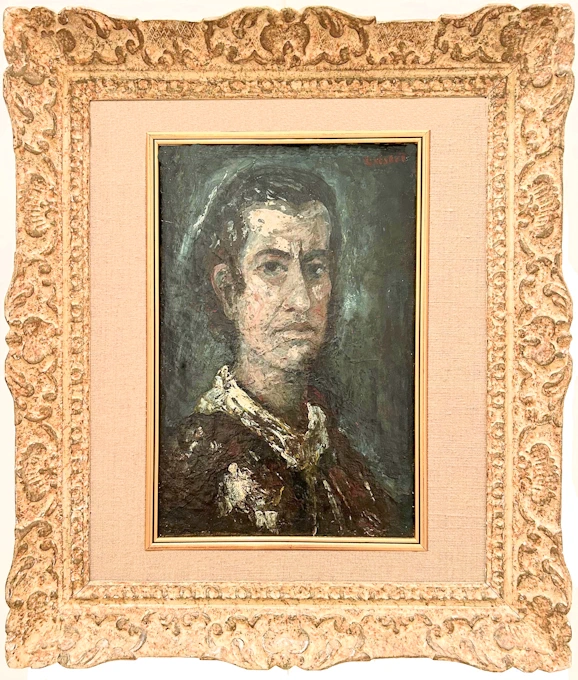Moshe Castel is one of the founding fathers of Israeli art, with his name and work deeply engraved in the cultural fabric and history of the Land of Israel. Born in Jerusalem in 1909 to an ancient Sephardic family, he experienced the landscapes of the land from his childhood and studied art at "Bezalel" - the first art institution in the country, under teachers who came from Europe. Castel, who grew up on the land and mastered Hebrew from his childhood, made the landscapes of Israel a central theme in his work, unlike his teachers who depicted the land through European orientalist lenses.
In 1927, at the age of 18, Castel left for Paris, the global art center of those days, where he shared a studio with Alberto Giacometti and was exposed to new art movements. In Paris, his color palette changed and he was influenced by artists such as Chaim Soutine and Maurice Utrillo, while integrating the landscapes and symbols of the Land of Israel into his works.
In the 1940s, after returning to the country, he settled in Safed and was one of the founders of the Artists' Quarter in the city. Castel dedicated his work to the landscapes of Israel and to Jewish spirituality, with an emphasis on Kabbalah and tradition. He painted the synagogues and the surroundings of Safed, using darker shades and techniques he brought with him from Paris.
In the 1950s and 60s, Castel developed a revolutionary style of abstract painting that incorporated Jewish symbols and biblical texts, and began working with basalt as a creative material. His works from this period, like "The City of Splendor and Kabbalah," represent the deep connection he had with the land and Jewish heritage.
Castel's influence on Israeli art is not limited to painting; he was a pioneer in using local materials like basalt, thus opening a new path for artistic expression that combines tradition and innovation, the local and the universal. His works, found in museums and private collections worldwide, continue to influence and enrich the artistic and cultural dialogue in Israel and beyond.


